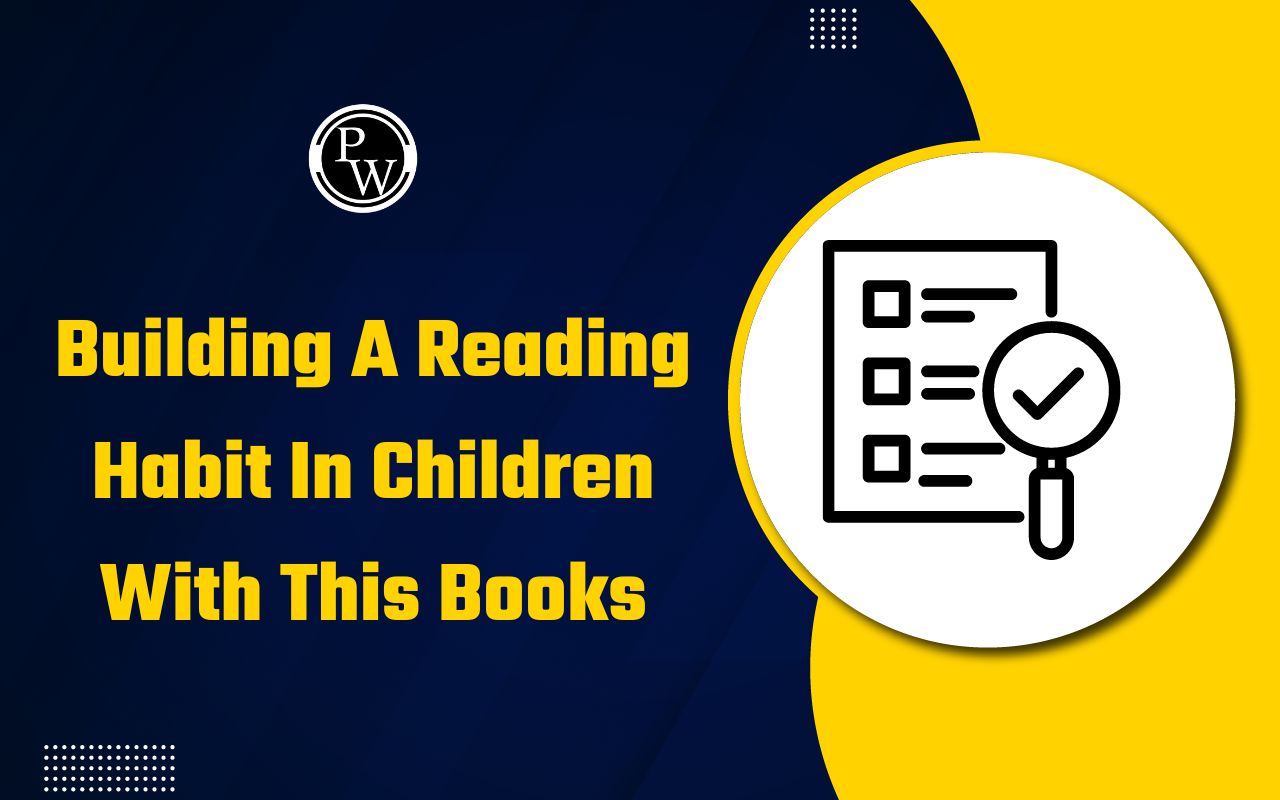NCERT Solutions For Class 9 English Moments Chapter 6 Weathering the Storm in Ersama

Class 9 English Moments Chapter 6 Weathering the Storm in Ersama:- Chapter 6 of the Class 9 English Moments book, titled "Weathering the Storm in Ersama," tells the story of a young boy’s experience during a devastating cyclone that strikes the coastal village of Ersama in Odisha. The narrative captures the harrowing aftermath of the storm, the immense challenges faced by the villagers, and the incredible resilience they show in rebuilding their lives. Through this story, readers are introduced to themes of survival, community spirit, and the unbreakable human will to overcome even the most catastrophic events. Get the Class 9 English Moments Chapter 6 Weathering the Storm in Ersama solutions from the below article.
Check out: Class 9th Books
Weathering the Storm in Ersama Question Answers
Q1. What did the narrator find when he reached the village?
A1: When the narrator reached the village of Ersama after the cyclone, he found a scene of widespread devastation. The once-thriving village was now in ruins, with most of the houses reduced to rubble. The cyclone had caused severe damage to infrastructure, leaving many people homeless and without shelter. The storm had also destroyed crops, which was crucial for the villagers' sustenance, leading to food shortages. The village was inundated with water, and debris was scattered everywhere, making it difficult to navigate. The immediate aftermath was chaotic, with the villagers struggling to find basic necessities like clean water, food, and medical supplies. The narrator was confronted with the harsh reality of the cyclone’s impact and the immense challenges faced by the survivors.
Read More: NCERT Solutions for Class 9 English Moments Chapter 1
Q2. How did the narrator and his friends manage to survive the storm?
A2: The narrator and his friends survived the storm by taking refuge in a strong, well-constructed building that was less susceptible to the cyclone's fury. They sought shelter in a high, sturdy structure that was relatively safe compared to the surrounding area. The building provided them protection from the high winds and heavy rains. Inside the shelter, they were able to stay relatively dry and shielded from the storm’s full impact. They remained calm and used whatever resources were available to make their situation more manageable. Their survival was also due to their preparedness and quick thinking, which allowed them to make the best of a dire situation. This experience highlighted the importance of finding safe shelter and remaining composed during natural disasters.
Read More: NCERT Solutions for Class 9 English Moments Chapter 2
Q3. Describe the state of the village after the cyclone.
A3: After the cyclone, the village of Ersama was left in a state of catastrophic destruction. The powerful winds and torrential rains had flattened many of the homes, leaving behind a landscape of debris and shattered structures. Trees that once provided shade and resources were uprooted and scattered across the area, contributing to the overall devastation. The cyclone had caused significant damage to crops and livestock, which were vital for the villagers' livelihood. This loss of agricultural produce exacerbated the food crisis. The infrastructure, including roads and communication lines, was also severely affected, making it difficult for aid and relief efforts to reach the affected areas. The village was grappling with a shortage of clean water and medical supplies, leading to further hardships for the survivors.
Read More: NCERT Solutions For Class 9 English Moments Chapter 3
Q4. What role did the narrator’s father play in the aftermath of the cyclone?
A4: The narrator's father played a pivotal role in the recovery efforts following the cyclone. He took on a leadership role by organizing and coordinating relief efforts for the affected community. His efforts included mobilizing resources and ensuring that aid, such as food, water, and medical supplies, was distributed to those in need. He worked tirelessly to address the immediate needs of the survivors and helped in organizing temporary shelters for those who had lost their homes. His leadership was crucial in rallying support from outside the village and facilitating the reconstruction process. By spearheading these efforts, he provided hope and assistance to the devastated villagers, helping them to start rebuilding their lives and recover from the trauma of the disaster.
Read More: NCERT Solutions for Class 9 English Moments Chapter 4
Q5. What message does the story convey about human spirit and resilience?
A5: The story of "Weathering the Storm in Ersama" conveys a powerful message about the strength of the human spirit and resilience in the face of adversity. Despite the immense destruction caused by the cyclone, the villagers demonstrated remarkable courage and determination to overcome the challenges. The narrative highlights how individuals and communities can endure severe hardships and emerge stronger through collective effort and mutual support. The survivors' ability to adapt, cooperate, and rebuild their lives underscores the inherent resilience and fortitude of the human spirit. The story illustrates that even in the face of natural disasters and overwhelming difficulties, hope, solidarity, and perseverance can drive people to rebuild and recover, showcasing the indomitable strength of human character.
Read More: NCERT Solutions For Class 9 English Moments Chapter 5
NCERT Solutions For Class 9 English Moments Chapter 7
Weathering the Storm in Ersama Summary
Weathering the Storm in Ersama" is a touching story about the aftermath of a powerful cyclone that struck the village of Ersama, located on the coast of Odisha, India. The cyclone was so intense that it devastated the entire area, leaving behind destruction and chaos.
The story follows the narrator, who experiences the cyclone firsthand. As the storm approaches, the narrator and a few friends manage to find shelter in a strong building. Inside, they huddle together, listening to the terrifying sounds of the storm outside. The wind roars, objects crash, and the rain pours relentlessly. It’s a frightening and uncertain time, but they stay together, hoping for the good.
When the storm finally passes, they emerge to find their village in ruins. Houses have been flattened, trees are uprooted, and everything is in disarray. The scene is heart-wrenching. The people of the village are in shock, many having lost their homes and all their belongings. The cyclone has not only destroyed buildings but also the crops and livestock that the villagers rely on for their livelihood. Food, clean water, and shelter are suddenly scarce.
In the midst of this devastation, the narrator’s father steps up to help the community. He takes on the role of organizing relief efforts, making sure that the villagers get the food, water, and medical supplies they desperately need. He also helps coordinate the rebuilding process, encouraging everyone to come together and support each other during this difficult time.
The story is not just about the physical damage caused by the cyclone; it’s also about the emotional and social impact on the villagers. Despite the overwhelming challenges, the people of Ersama show incredible resilience. They support one another, share what little they have left, and start rebuilding their lives from the ground up. The villagers' spirit of unity and determination shines through, even in the darkest moments.
Check out: Class 9th Revision Books
Weathering the Storm in Ersama FAQs
Q1. What is the main theme of "Weathering the Storm in Ersama"?
Ans. The main theme of the story is resilience and survival in the face of a natural disaster. It highlights how people can come together to rebuild their lives after experiencing immense loss and devastation.
Q2. How does the narrator describe the cyclone in Ersama?
Ans. The narrator describes the cyclone as a powerful and destructive force that brought heavy rains, fierce winds, and massive destruction, leaving the village in ruins and causing widespread devastation.
Q3. What role does the narrator's father play after the cyclone?
Ans. The narrator's father plays a crucial role in coordinating relief efforts, providing aid to the affected villagers, and helping to organize the rebuilding of the community.
Q4. How do the villagers cope with the aftermath of the cyclone?
Ans. The villagers cope with the aftermath by coming together to support each other, sharing resources, and working collectively to rebuild their homes and lives despite the challenges they face.
Q5. What message does the story convey about human spirit and community?
Ans. The story conveys that the human spirit is strong and resilient, especially when people work together as a community. It emphasizes the importance of solidarity and mutual support in overcoming adversity.










